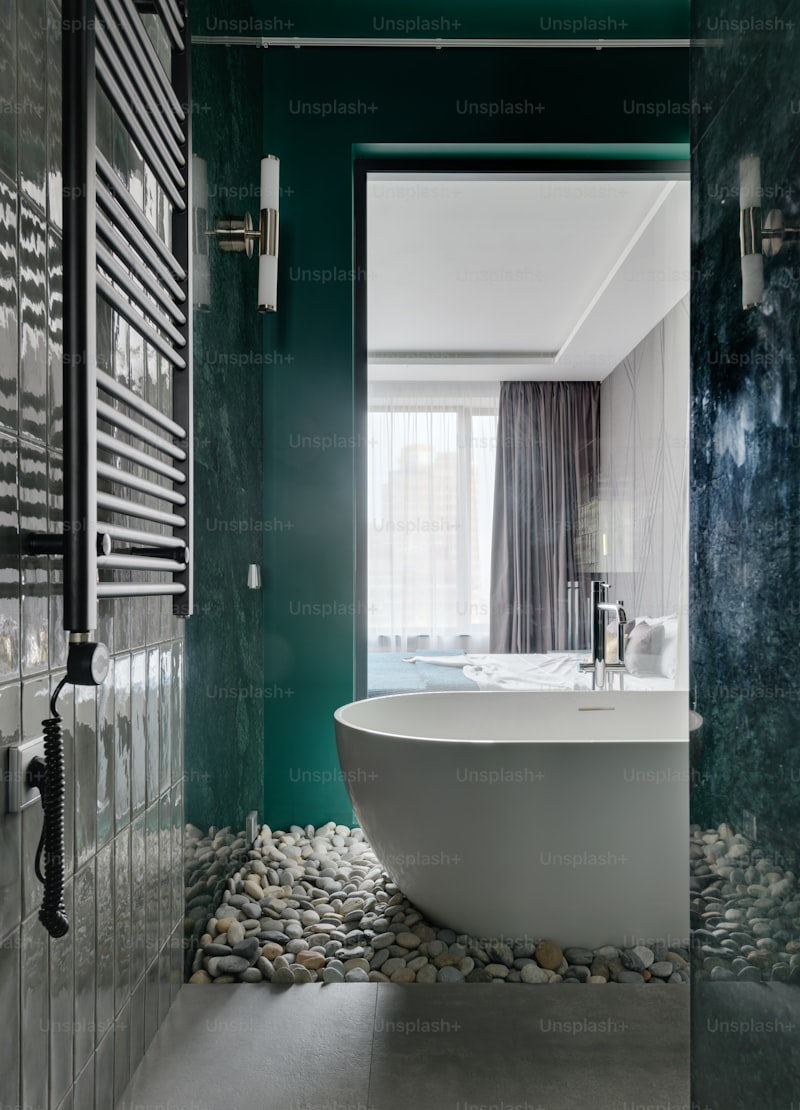Dramatic Contrast Pairings: How to Master the Art of Stunning Combinations
Introduction to Dramatic Contrast Pairings
Dramatic contrast pairings can make or break a design, whether in fashion, interior decorating, or even graphic arts. When utilized correctly, these pairings evoke strong emotions and create memorable experiences. In this article, we will explore the essence of dramatic contrast pairings, how to effectively implement them, and what considerations you should keep in mind while using this powerful design concept.
Understanding Dramatic Contrast Pairings
Dramatic contrast pairings refer to the combination of elements that differ significantly from each other, creating a striking visual impact. These contrasts can exist between colors, shapes, patterns, or even materials. For example, think of a sleek black dress paired with a vibrant red jacket. The boldness of the red against the classic elegance of black creates a compelling visual narrative.
Why Use Dramatic Contrast Pairings?
Employing dramatic contrast pairings can serve several purposes:
- Attract Attention: The stark differences draw the eye, making it an effective tool for highlighting a focal point.
- Convey Emotion: Contrasting elements can evoke feelings ranging from tension to harmony, depending on how they are combined.
- Enhance Creativity: It encourages out-of-the-box thinking and experimentation, leading to unique end results.
Common Types of Dramatic Contrast Pairings
There are various forms of dramatic contrast pairings, and understanding them can help you leverage their power effectively:
| Contrast of Color | Combining colors that are opposite each other on the color wheel, such as blue and orange, creates vibrant visual tension. |
| Contrast of Texture | Pairing smooth surfaces with rough textures, like silk with burlap, adds depth and interest to a design. |
| Contrast of Scale | Mixing large objects with small ones, such as oversized art pieces alongside delicate furniture, can create a whimsical atmosphere. |
| Contrast of Style | Fusing modern elements with vintage ones, like a mid-century modern chair with a Victorian style table, can add personality to any space. |
How to Effectively Use Dramatic Contrast Pairings
To successfully integrate dramatic contrast pairings into your projects, consider the following tips:
1. Know Your AudienceUnderstanding who you’re designing for can greatly influence your choices. For example, a young, urban demographic might appreciate bold and vibrant color contrasts, while a more conservative crowd may prefer subtle pairing styles.
2. Begin with a Focal PointDecide what element you want to highlight. This could be a bold color, an interesting texture, or even a unique shape. Build your contrast pairings around this focal point to enhance its prominence.
3. Balance is KeyWhile contrast is crucial, achieving balance is equally important. Ensure that the contrasting elements complement each other rather than clash, thereby creating harmony within the drama.
4. Experiment & ExploreDo not hesitate to try unusual combinations. Sometimes the most unexpected pairings yield the most stunning outcomes. Just remember to keep a critical eye and adjust as necessary.
5. Consider the ContextEvery design exists within a context – be it a room, an event, or even a fashion runway. The ambiance and surrounding elements can dictate how contrasting pairings are received. Always assess the overall context before finalizing your choices.
Examples of Dramatic Contrast Pairings in Different Fields
Fashion
In fashion, designers often pair bright colors with dark neutrals. A classic example is the pairing of a neon skirt with a black crop top. This combination not only emphasizes the vibrant hue of the skirt but also maintains elegance and sophistication.
Interior Design
In interior design, contrasting textures play a pivotal role. For instance, a plush velvet sofa paired with a rugged wooden coffee table creates an inviting yet visually stimulating environment.
Graphic Design
Graphic designers frequently employ dramatic contrast pairings through typography. A bold font can be juxtaposed against a delicate script font to create a dynamic visual hierarchy that guides the viewer's eye through the design.

Challenges in Creating Dramatic Contrast Pairings
While effective, working with dramatic contrasts can come with its challenges:
1. Overwhelming the ViewerIf not executed correctly, too much contrast can confuse or overwhelm the viewer. Aim for a balance that allows contrasting elements to stand out without overwhelming the senses.
2. Miscommunication of IntentSometimes, the intended message can get lost in dramatic contrasts. Always clarify your message and ensure that your contrasts serve to enhance it rather than detract from it.
3. Cultural SensitivitiesBe mindful that certain contrasts may carry different meanings in various cultures. Research the cultural implications of your pairings to ensure they resonate well with your audience.
Conclusion: Mastering the Art of Dramatic Contrast Pairings
In conclusion, dramatic contrast pairings are an essential tool in various fields of design. They capture attention, create emotional responses, and can lead to innovative outcomes. By fostering an understanding of different types of contrasts, recognizing your audience, and continuously experimenting, you can master the art of creating stunning combinations that leave a lasting impression. Remember, balance and context are important considerations along the way. As you explore the exciting world of dramatic contrast pairings, don't be afraid to break the rules and embrace your individual style.